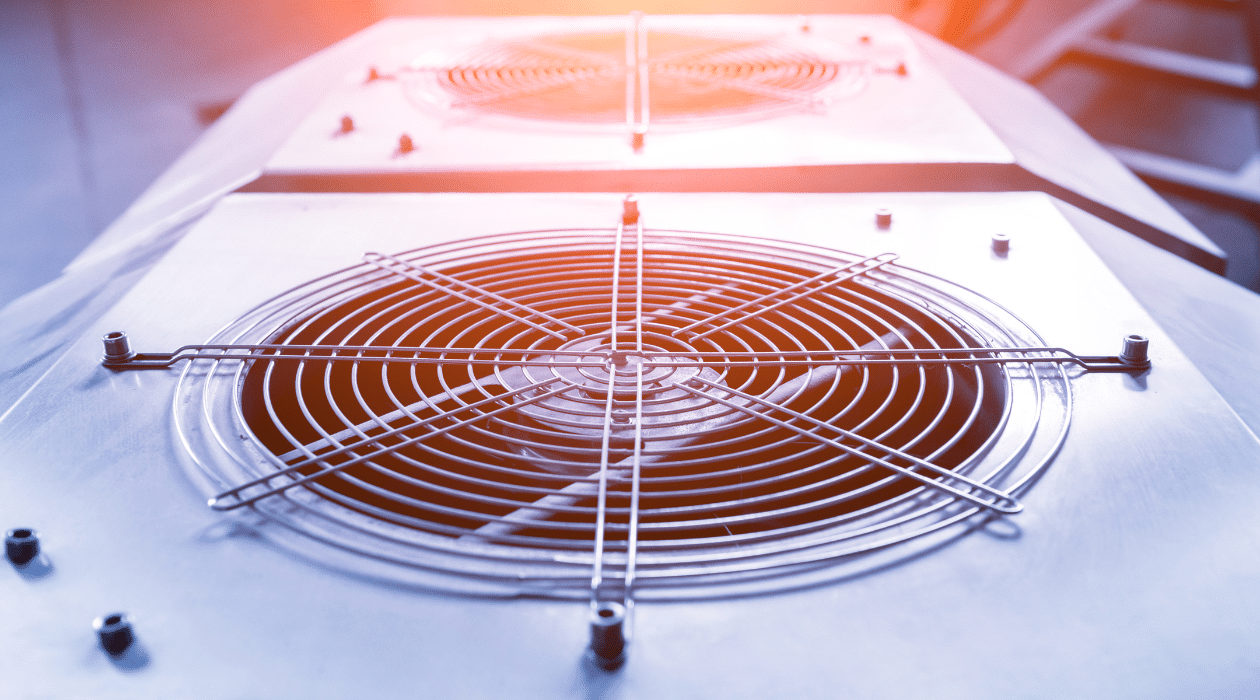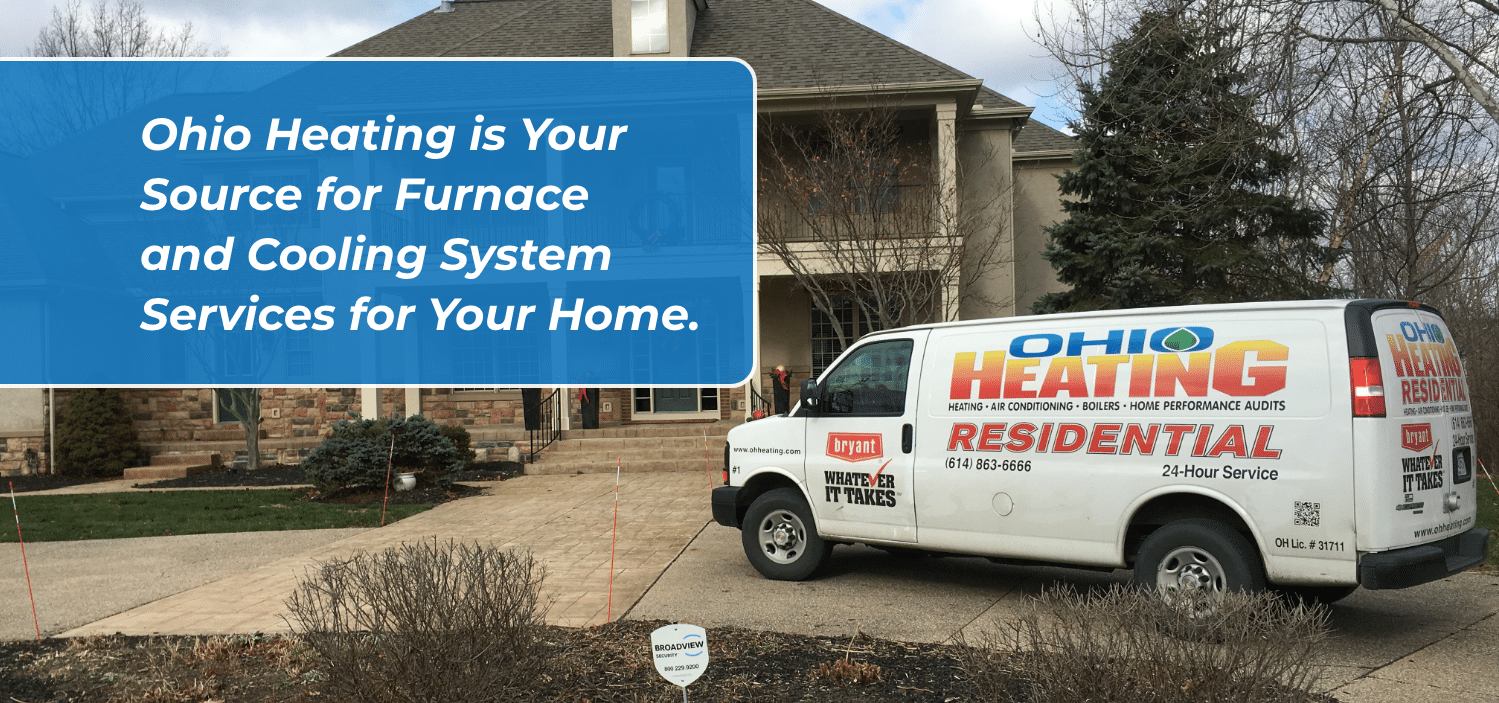
Keeping your heating, ventilation, and air conditioning system in top shape isn’t just about comfort, it’s about safety, energy savings, and protecting your investment. Whether you manage a bustling office building or a cozy suburban home, understanding the value of HVAC maintenance can save you thousands in repair costs and ensure your system performs optimally year-round. In this in-depth guide, we’ll explain why regular upkeep is crucial, outline key checks for residential HVAC and commercial HVAC units, and offer practical tips on extending the lifespan of your system.
Why Regular HVAC Maintenance Matters for Energy Efficiency
When you think about HVAC, you likely focus on temperature control. But routine service does far more:
Improved Energy Efficiency: A well-maintained system consumes less power, lowering monthly utility bills. Dirty filters, clogged coils, and worn-out components force the system to work harder, driving up energy consumption.
Enhanced Indoor Air Quality (IAQ): Regular filter changes and duct inspections remove dust, pollen, mold spores, and other contaminants, critical for allergy sufferers and businesses worried about employee health.
Extended Equipment Lifespan: Routine checks catch small issues like refrigerant leaks, dirty coils, or blower motor problems before they become major breakdowns, adding years to your HVAC’s life.
Reduced Repair Costs: Preventative maintenance often costs a fraction of major repairs. Identifying and replacing a worn belt or tightening electrical connections now can prevent a costly compressor failure later.
Consistent Comfort: No more unexpected breakdowns in the middle of summer or dead of winter, regular tune-ups keep your system running smoothly regardless of season.
By investing in proactive upkeep, you not only boost system efficiency but also protect your bottom line, and breathe cleaner air.
Key Components of Residential HVAC Maintenance
Homeowners rely on their residential HVAC systems to maintain a comfortable living environment. Here are the critical steps to ensure your home’s unit runs flawlessly:
1. Change or Clean Air Filters Monthly
Why It Matters: Clogged filters restrict airflow, causing uneven cooling or heating and increasing strain on the blower motor.
Best Practices: Use high-efficiency filters (MERV 8–11 for most homes) and schedule replacements or clean reusable filters every 30 days, especially during peak seasons.
2. Inspect and Clean Coils
Evaporator Coil: Located indoors, it must be cleaned yearly to ensure proper heat exchange.
Condenser Coil: Outside debris like leaves or grass clippings can coat the coil, reducing efficiency. Clear around the unit and wash coils gently with a garden hose.
3. Check Refrigerant Levels
Optimal Performance: Low refrigerant can indicate a leak and cause inefficient cooling or ice formation on coils.
Professional Service: Only certified technicians should handle refrigerant. Schedule a leak test and recharge as needed during seasonal tune-ups.
4. Test Thermostat Accuracy
Calibrate Temperature Settings: An inaccurate thermostat results in overworking the HVAC system.
Consider Upgrading to a Smart Thermostat: Programmable or Wi-Fi-enabled thermostats optimize energy use by adjusting settings when you’re away or asleep.
5. Inspect Ductwork and Vents
Seal Leaks: Gaps or cracks in ducts lead to air loss, requiring the system to run longer to reach your desired temperature.
Clean Vents and Registers: Dust and debris can accumulate, reducing airflow. Vacuum and dust registers at least twice a year.
6. Lubricate Moving Parts
Fan and Motor Bearings: Lack of lubrication leads to increased friction and premature wear.
Annual Attention: Ensure blower motor, fan belts, and other moving components receive proper oil or grease per manufacturer guidelines.
7. Verify Safety Controls and Electrical Connections
Timely Detection: Loose wires or corroded connections can cause system failures or safety hazards.
Professional Inspection: A licensed technician should tighten connections, test capacitors, and check for worn wiring annually.
By following these maintenance steps, you’ll keep your residential HVAC running efficiently, reduce the likelihood of breakdowns, and maintain comfortable indoor temperatures throughout the year.
Essential Tasks for Commercial HVAC System Upkeep

Commercial properties face unique demands, larger spaces, extended operational hours, and more complex systems. Neglecting commercial HVAC maintenance can result in significant downtime, reduced productivity, and hefty repair bills. Key tasks include:
1. Regularly Replace Large-Scale Air Filters
Frequency: Every 30–60 days for high-traffic commercial environments.
Benefits: Prevents contaminants from damaging coils and motors, reduces energy consumption, and maintains healthy indoor air.
2. Conduct Quarterly System Inspections
Professional Check-Ups: Certified technicians should examine chillers, cooling towers, boilers, air handlers, and rooftop units to ensure each component functions properly.
Inspect Belts and Pulleys: Tighten or replace as needed to avoid costly breakdowns.
3. Clean and Calibrate Sensors and Controls
Integrated Building Management Systems (BMS): Commercial HVAC systems often tie into BMS software. Dirty sensors or mis-calibrated controls cause incorrect readings, leading to wasted energy.
Calibration Checks: Perform at least quarterly to ensure accurate temperature monitoring, humidity control, and ventilation.
4. Maintain Cooling Towers and Boilers
Water Treatment: Implement anti-corrosion and biocide treatments to prevent scale buildup and microbial growth in cooling tower basins.
Boiler Efficiency: Check for leaks, test safety valves, and ensure burners are tuned for optimal fuel combustion.
5. Ductwork and Ventilation Cleaning
Remove Dust and Debris: Accumulated particles in large duct networks reduce airflow, contaminate indoor air, and strain the HVAC system.
HVAC Ventilation Audits: Assess for cross-contamination, especially in settings like restaurants or labs, to maintain air quality standards.
6. Implement Predictive Maintenance Technologies
IoT Sensors & Analytics: Install sensors on critical components, compressors, motors, fans, to monitor vibration, temperature, and energy use in real time.
Data-Driven Alerts: Predict failures before they occur, schedule maintenance during off-hours, and minimize unplanned downtime.
Businesses that prioritize these commercial HVAC tasks realize improved system reliability, reduced operating costs, and a healthier work environment, translating into better employee productivity and higher tenant satisfaction.
Detecting Early Warning Signs Before Breakdowns Occur
Routine HVAC maintenance is about more than scheduled tune-ups; it’s knowing which warning signs indicate deeper issues. Home and business owners should watch for:
Unusual Noises: Grinding, rattling, or squealing from the blower motor or compressor could signal worn bearings, misaligned belts, or debris in the system.
Weak Airflow or Uneven Temperatures: Clogged filters, blocked ductwork, or failing blower motors lead to hot/cold spots and reduced comfort.
Rising Energy Bills: A spike in utility costs often means the HVAC system is working harder due to inefficiencies, time for a professional tune-up.
Strange Odors: Musty, burning, or chemical smells indicate mold growth in ducts, electrical issues, or refrigerant leaks, address immediately to protect indoor air quality.
Frequent Cycling: If the system turns on and off more than usual, a thermostat calibration issue or refrigerant imbalance may be at play.
Water Leaks or Excessive Condensation: Moisture near the furnace or air handler could point to a clogged condensate drain or blocked evaporator coil.
At the first hint of these symptoms, schedule an inspection with a qualified technician. Ignoring red flags in your air conditioning or heating system can escalate small problems into major failures, and nobody wants an HVAC meltdown on the hottest or coldest day of the year.
Seasonal HVAC Maintenance Checklists for Home and Business

Having a clear, seasonal checklist helps ensure nothing falls through the cracks. Consider these guidelines:
Spring Checklist
AC Pre-Start-Up Inspection: Before temperatures climb, have a technician clean coils, check refrigerant levels, and test the thermostat.
Air Filter Replacement: Swap filters for a fresh start to the cooling season.
Inspect Ductwork Seals: Seal any gaps to prevent cooled air loss.
Test Condensate Drain: Ensure it’s clear to avoid water damage from blockages.
Summer Checklist
Mid-Season Filter Check: Replace filters every 30 days due to heavy AC usage.
Monitor Refrigerant Levels: Catch leaks early when they first manifest.
Check Outdoor Unit Clearance: Remove debris (leaves, grass clippings) to maintain proper airflow.
Calibrate Thermostat Settings: Guarantee precise temperature control and energy savings.
Fall Checklist
Furnace Inspection: Clean burners, check pilot light or ignition system, and test safety controls before the first cold snap.
Inspect Heat Exchanger: Check for cracks that can lead to carbon monoxide leaks.
Seal Duct Leaks for Heating Efficiency: Inspect attic and crawlspace ducts to prevent heat loss.
Winter Checklist
Replace Filters & Check Humidifier: Winter air can be dry; ensure optimal humidity levels for comfort and health.
Monitor System Performance: Listen for unusual noises, watch for fluctuating temperatures, and have prompt repairs to avoid mid-winter breakdowns.
Test Carbon Monoxide Detectors: Ensure safety while the furnace runs for extended periods.
Following these seasonal routines keeps both residential HVAC and commercial HVAC systems in peak condition, preventing costly emergency calls and safeguarding occupant comfort.
Indoor Air Quality Improvements Through HVAC Maintenance
Beyond temperature control, HVAC care significantly affects indoor air quality (IAQ):
HEPA & MERV Filters for Allergen Reduction: Upgrading to MERV 11–13 filters or adding HEPA filters captures microscopic particles, critical for asthmatics and allergy sufferers.
UV Germicidal Lamps: Installing UV lights in the HVAC system kills bacteria, mold, and viruses, popular in healthcare facilities and high-occupancy commercial spaces.
Humidity Control: Proper coil maintenance prevents mold growth by reducing excess moisture. Humidifiers or dehumidifiers integrated into the HVAC system maintain ideal humidity (30–50%), lowering respiratory issues and improving comfort.
Duct Cleaning & Sanitizing: Periodic professional duct cleaning removes accumulated dust, pet dander, and microbial growth, ensuring cleaner air circulates through your home or office.
Healthier air translates to fewer sick days, higher productivity, and a more pleasant environment, making HVAC maintenance an investment in well-being, not just temperature regulation.
Navigating HVAC Service Options: Residential vs. Commercial
Whether you’re a homeowner or facility manager, choosing the right HVAC service provider is key:
Residential HVAC Services
Routine Tune-Ups: Annual inspections typically cover filter changes, coil cleanings, and refrigerant checks.
Emergency Repairs: 24/7 availability matters, homes can’t wait for business hours when the furnace dies at 3 AM.
Energy-Saving Upgrades: Recommendations for programmable thermostats and high-efficiency systems (Energy Star certified) lower bills and carbon footprints.
Indoor Air Quality Solutions: Duct cleaning, UV light installations, and air purifier recommendations.
For trustworthy residential care, visit our website and learn more about Ohio Heating: Ohio Heating Homepage.
Commercial HVAC Services
Comprehensive Maintenance Contracts: Scheduled quarterly or biannual visits covering large-scale chillers, cooling towers, rooftop units, and boilers.
Advanced Diagnostics: Use of IoT sensors and predictive analytics to identify potential issues before they lead to downtime.
Custom HVAC Solutions: Tailored building automation system (BAS) integration, zoning controls, and building performance optimization.
Regulatory Compliance: NAVFAC, OSHA, and local codes require consistent documentation and system certification, commercial providers handle paperwork and inspections.
Explore our specialized offerings for business owners: Commercial HVAC Services.
Practical Tips for Extending HVAC System Lifespan
Beyond professional maintenance, owners can take these simple steps to prolong system life:
Keep Outdoor Units Clear: Trim shrubs and remove debris within a 2-foot radius of outdoor units to ensure proper airflow.
Use Ceiling Fans & Programmable Thermostats: Reduce strain on air conditioning in summer and furnaces in winter by circulating air and customizing temperature schedules.
Seal Windows and Doors: Proper insulation prevents heat/cool air loss, reducing workload on HVAC systems.
Schedule Seasonal System Tests: Even if professionals handle tune-ups, a quick mid-season check, listening for odd noises, monitoring thermostat response, catches issues early.
Educate Occupants: Encourage family members or employees to report unusual sounds, smells, or system behavior immediately. Early alerts can prevent major breakdowns.
Small, consistent habits at home or in the office can significantly extend the life of your residential HVAC or commercial HVAC unit, saving money and ensuring uninterrupted comfort.
Choosing the Right HVAC Service Provider

Not all HVAC contractors are created equal. Here’s what to look for when selecting a partner:
Proper Licensing & Insurance: Verify credentials and confirm liability coverage, important for both residential and commercial projects.
Experience & Certifications: Look for NATE-certified technicians and Experience with brands like Trane, Carrier, Lennox.
Transparent Pricing: Request written estimates breaking down labor, parts, and potential additional costs. No hidden fees.
Customer Reviews & Reputation: Check out our reviews on Google: Ohio Heating Google Business Profile to see why clients trust us.
Maintenance Agreements: Providers who offer annual service contracts at a discounted rate often deliver faster response times and priority scheduling.
Choosing a reputable contractor ensures your HVAC system, whether residential or commercial, receives the attention it deserves, providing reliable comfort year after year.
Conclusion: Prioritize HVAC Maintenance for Long-Term Savings
Regular HVAC maintenance isn’t just an optional expense; it’s a critical investment in comfort, health, and financial well-being. By proactively servicing your residential HVAC or commercial HVAC system, you:
Boost Energy Efficiency: Lower monthly bills and reduce environmental impact.
Enhance Indoor Air Quality: Keep occupants healthy and comfortable.
Prevent Costly Repairs: Identify issues early to avoid emergency breakdowns.
Extend Equipment Life: Get the most out of your HVAC investment.
Reach out to us if you have any questions or need professional HVAC services. Call 614-863-6666 or visit our website for expert solutions: Ohio Heating. We’re proudly based in Columbus, Ohio.
For additional insights and energy-saving tips, read more on our blog and explore our comprehensive resources: Ohio Heating Blog and discover our maintenance packages: Residential HVAC Services | Commercial HVAC Services.
Invest in regular HVAC maintenance today, your comfort, safety, and wallet will thank you tomorrow!
